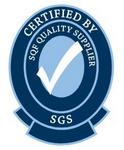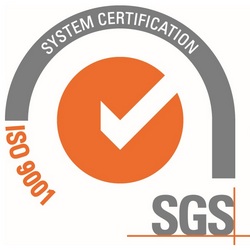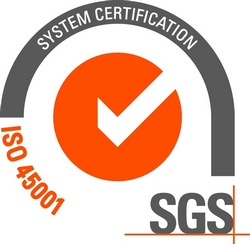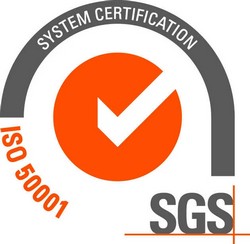Click HERE To Buy Motilium Online ↓
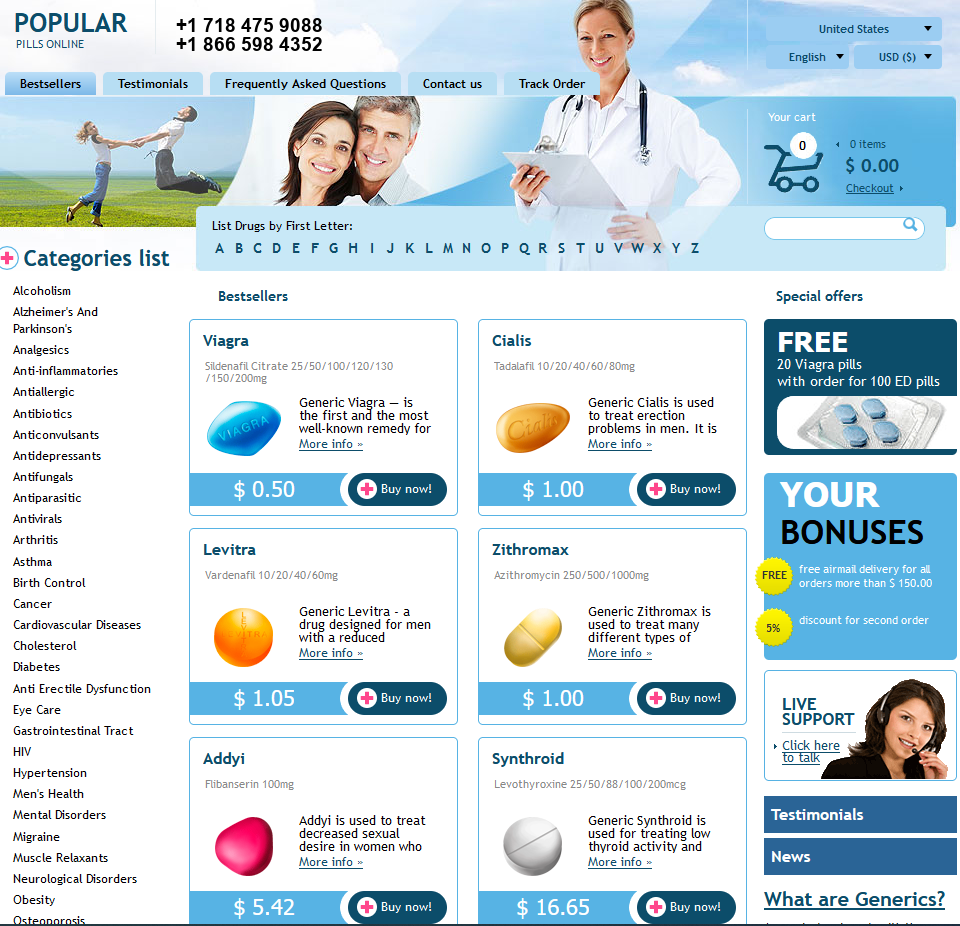 Motilium for Nausea: How Does It Work?
Motilium for Nausea: How Does It Work?
What Is Motilium and Its Active Ingredient
Motilium is a widely recognized medication that offers quick relief from symptoms like nausea and vomiting. Sold under the generic name domperidone, it belongs to a class of medicines called dopamine antagonists. These medicines work by influencing the gut and the brain’s chemoreceptor trigger zone, an area responsible for managing the urge to vomit. Thanks to its targeted approach, Motilium can calm queasy feelings, letting you get back to your daily routines with greater comfort.
One of the features that set Motilium apart is its ability to act mostly on the gut, making it a popular choice worldwide. Unlike some other anti-nausea drugs, it does not cross into the brain as much, which reduces the likelihood of certain side effects. Here’s a quick breakdown of its key details:
| Brand Name | Active Ingredient | Drug Class |
|---|---|---|
| Motilium | Domperidone | Dopamine Antagonist |
How Motilium Targets Nausea in the Body

When someone feels the queasiness of nausea, the real culprit often lies in a chemical imbalance within the digestive system. Motilium focuses on this root cause rather than just masking the feeling. Its active ingredient, domperidone, blocks dopamine receptors in the gut and the “chemoreceptor trigger zone” of the brain—areas which can provoke nausea when overloaded with certain signals.
By acting locally within the stomach and intestine, motilium helps normalize contractions that move food smoothly through the digestive tract. This prevents the backward flow of stomach contents, reducing both discomfort and the urge to vomit. What sets motilium apart is its targeted effect: it does not cross into the brain as much as some other medications, delivering relief from nausea while limiting unwanted drowsiness or neurological side effects for most people.
Main Medical Uses for Motilium Tablets
For patients struggling with feelings of nausea and discomfort, motilium can be a vital solution. Doctors often prescribe this medicine to those experiencing persistent nausea and vomiting, especially related to gastrointestinal issues, migraines, or medication side effects. Its ability to block dopamine receptors in the gut helps speed up stomach emptying, soothing troublesome sensations that prevent people from eating or functioning normally.
Motilium’s applications extend to individuals with reduced stomach motility, such as those with diabetic gastroparesis. By promoting more natural movement of food through the digestive tract, it helps reduce bloating, feelings of fullness, and other uncomfortable symptoms. This can be especially helpful for individuals whose conditions haven't responded well to other supportive measures.
Another important use comes in managing symptoms caused by certain medications, like those used in the treatment of Parkinson’s disease. These drugs often slow the digestive process, leading to queasiness and a loss of appetite. Incorporating motilium into a treatment plan can bring much-needed relief, helping patients maintain a healthier, more balanced diet.
Unique Benefits Compared to Other Anti-nausea Drugs

Unlike many anti-nausea medications that cause significant drowsiness, Motilium is known for its minimal impact on alertness, making it suitable for those who need to continue daily activities. Thanks to its unique mechanism, Motilium acts directly on the digestive tract rather than the brain’s vomiting center, which can mean fewer central nervous system side effects. Another advantage is its relatively rapid onset, providing quicker relief for nausea and discomfort, particularly for individuals with disorders related to slowed stomach emptying.
Possible Side Effects and Safety Precautions
While motilium is often well-tolerated, users might experience mild issues like dry mouth, headache, or abdominal cramps. Rarely, more serious reactions such as heart rhythm changes or allergic responses can occur, particularly in those with underlying heart conditions or who take other medications that affect the heart. It’s essential to discuss your full medical history with a healthcare provider before starting motilium to minimize any risks.
| Common Side Effects | Serious Risks | Precautions |
|---|---|---|
| Dry mouth, headache, stomach cramps | Abnormal heart rhythms, allergic reactions | Consult doctor, avoid with certain heart meds |
Tips for Getting the Best Results with Motilium
Taking Motilium exactly as prescribed helps ensure it targets nausea effectively. Swallow each tablet whole with a glass of water, ideally before meals, for optimal absorption. If you notice improvement, let your doctor know about any lingering symptoms, so adjustments can be made. Remember, Motilium isn’t meant for long-term use or for everyone—never increase the dose or extend the treatment without medical advice, and stay alert to any unusual side effects, reporting them promptly for your safety.







